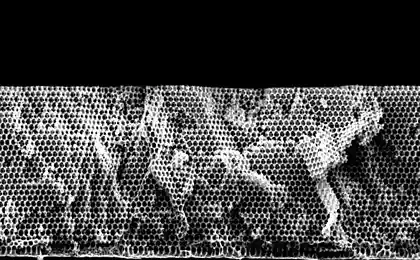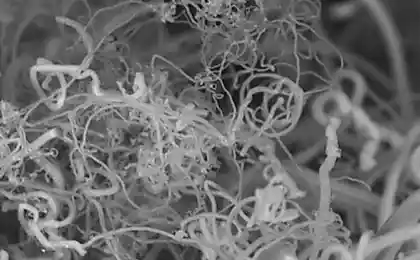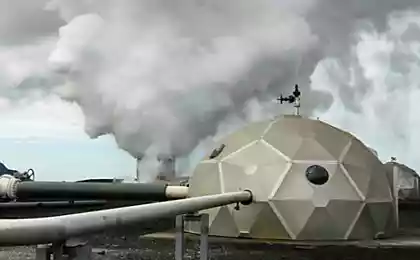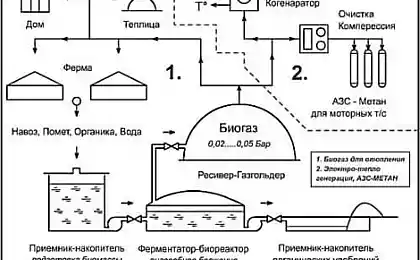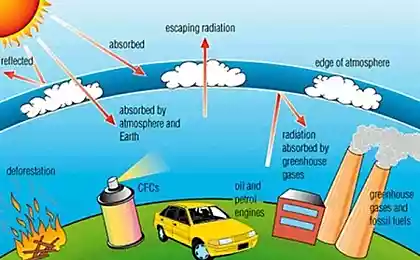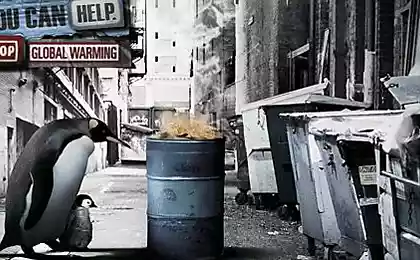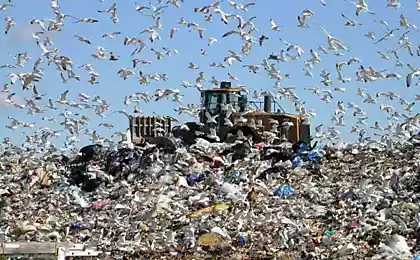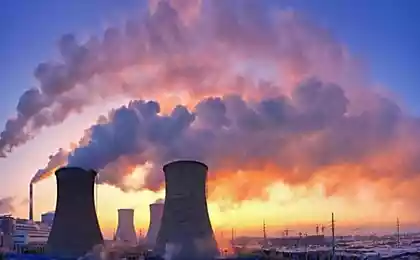527
Scientists have developed a carbon trap-sponge to reduce carbon dioxide emissions

The development of technologies to capturecarbon dioxidebefore it gets into the atmosphere, is one of the main directions in the fight against global warming. However, most standard methods of chemical capture of carbon dioxide either very toxic or do not possess the necessary efficiency. But recently, scientists, materials scientists from Cornell University have invented a new highly efficient and low-toxic carbon trap"sponge", which will allow more extensive use of information technology.
It should be noted that today the most common method of capturing carbon dioxide from the chimneys of coal-and gas-fired power plants is the so-called "clean amine", in which the gaseous products of combustion pass through liquid vats of amine compounds that can absorb most of the carbon dioxide. Saturated with carbon dioxide is then pumped into insulated container and reuse. However, the amine solution is extremely corrosive environment and requires capital-intensive precautions.
Researchers from Cornell University have developed a safer method of using amine to capture the carbon dioxide.Their latest prototype of the "sponge" consists of a silicon substrate, the basics from the sorbent with nano-sized pores for maximum surface area. Scientists lowered a substrate in a liquid amine, which soaks into the base and partially hardens. Ready "sponge" is a stable, dry white powder that captures carbon dioxide even in high humidity conditions.
According to the researchers, the absorption of the amine into the surface of the sorbent leads to a persistent chemical bonds between these substances, therefore, the loss of amine over time is minimal, which increases the effectiveness of the "sponge".
Now the researchers plan to optimize the characteristics of the sorbent, and then demonstrate a prototype trap-"sponge" for industrial partners, possibly at Cornell modified pilot plant. In addition, according to the researchers, the new technology can be used on a smaller scale, for example, in greenhouses, where the captured carbon dioxide can be used to enhance plant growth.
Source: www.ozemle.net


